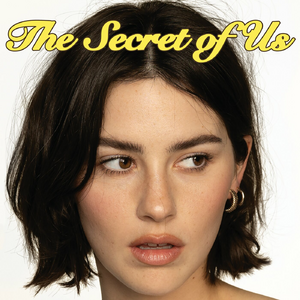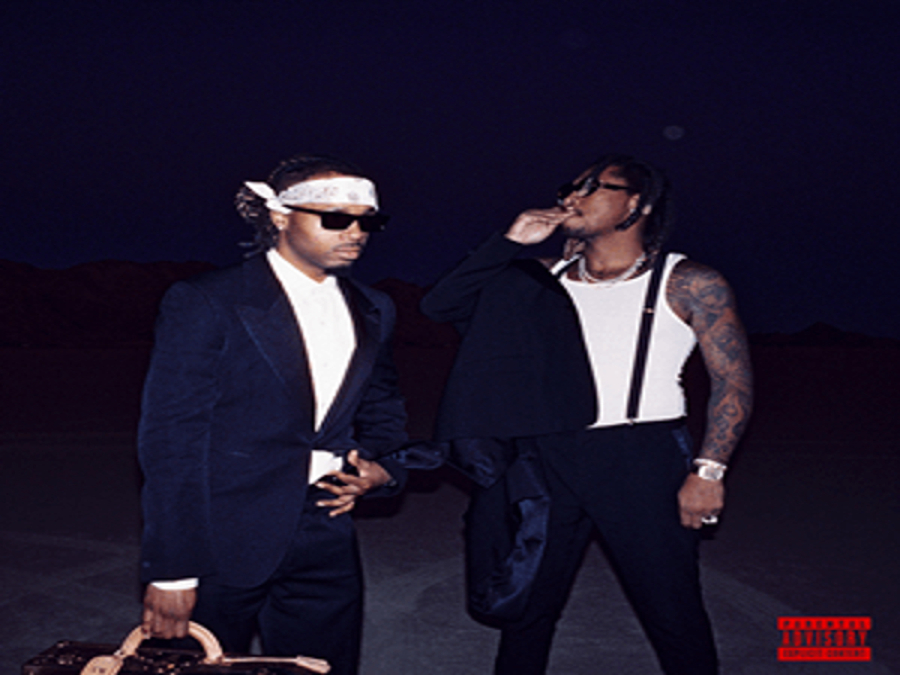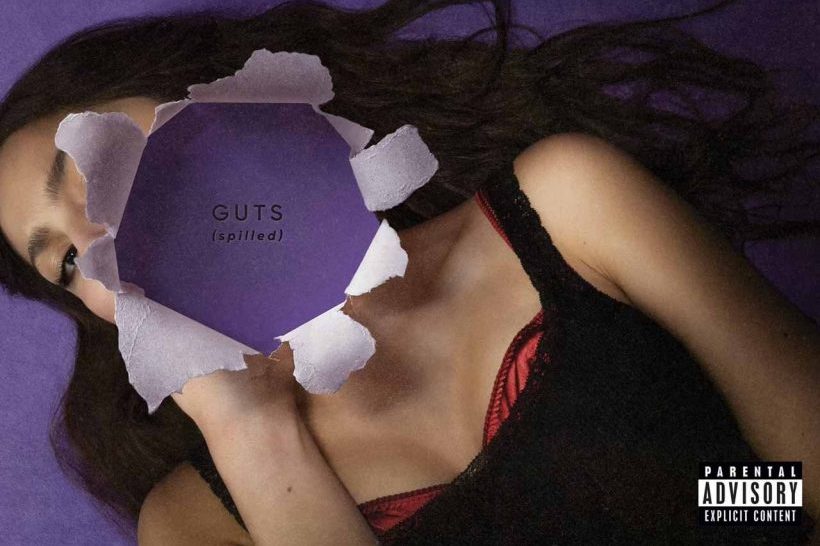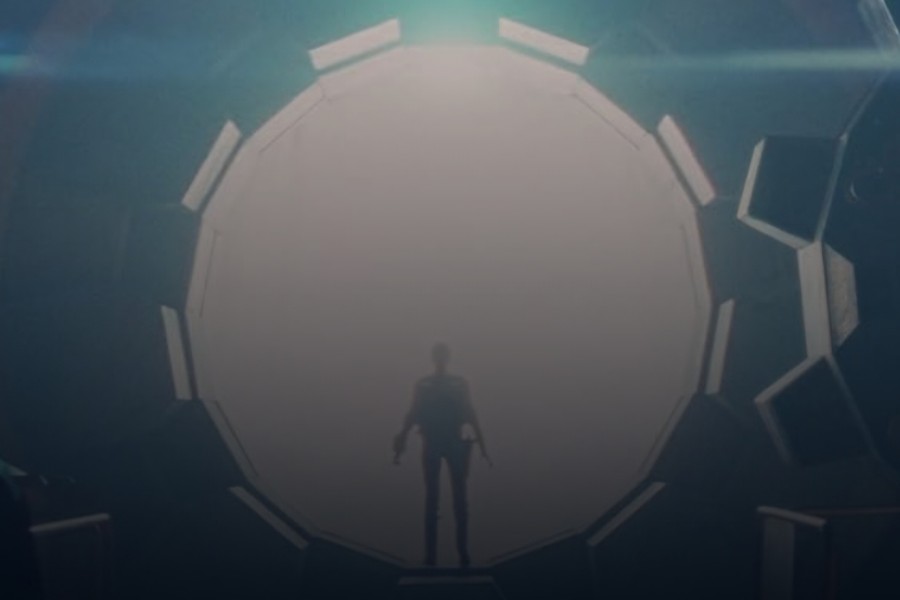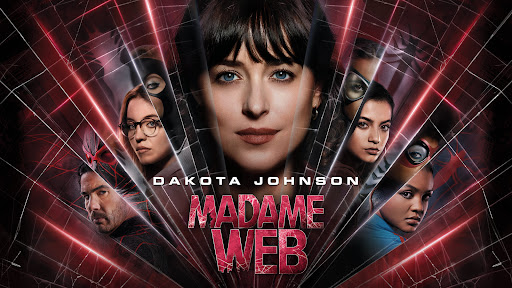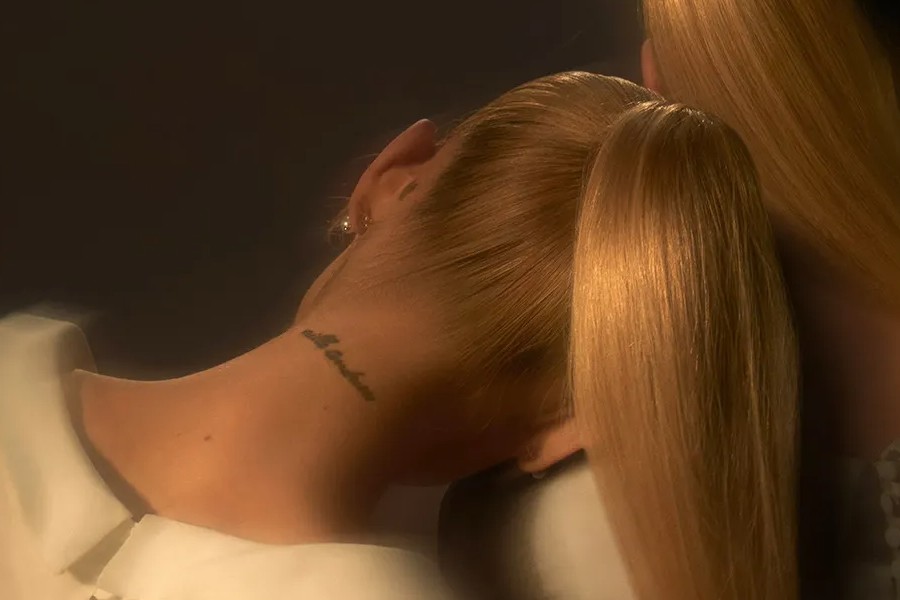1989 is an album that has cemented itself in the history of pop music, often lauded as the “pop bible”. Released by singer Taylor Swift in 2014, the record was a sharp turn in Swift’s style. 1989 sounded more like New York than Nashville, more electric and clever than Swift’s previous country works. Now in an effort to reclaim the rights to her master recordings, Swift has released her re-recorded version of 1989—titled 1989 (Taylor’s Version)—and while it replicates the original well, there are a few places where Swift’s efforts fall through.
1989 (Taylor’s Version) came out on Oct. 27, exactly nine years after the 13-track original did. The re-recording comes in at 21 tracks (22 on the deluxe version), all of them in some way inspired by 80s-era pop music. However, while the original songs were sharp and clean, some of the 2023 versions fall short of the sky-high bar that Swift set in 2014. A few beloved classics fail to pack the same synth-covered punch and sound sloppy; even still, there are songs which finally stand out after Swifties spent years forgetting them.
One of these songs is the opener, “Welcome To New York”, a track characterized by glitzy synthesizers and a clapping rhythm. An ode to New York City, the song felt almost forgettable when it first came out, only good enough to play it on principle when you drove into Manhattan. Now, however, pitch-perfect production gives the song a direction and set up the whole premise of the album: “it’s a new soundtrack, I could dance to this beat, beat forevermore”.
But this force slows down as “Blank Space” starts to play: the opening beats sound muffled, and the vocals sounds flat and autotuned at times, buried under overproduction. This problem only worsens with the guitar chords and pulsating beats on “Style”. The audio sounds closer and suffocating rather than atmospheric like the original, and Swift almost sounds bored, almost as if she’s doing karaoke. Although neither song is bad, they pale in comparison to the originals.
This issue most likely stems from the fact that the 2014 1989‘s primary producers, Max Martin and Shellback, did not return to contribute to the re-recording, creating an imperfect replica. A few songs on Red (Taylor’s Version) (2021) also suffered due to this.
One spectacular thing 1989 (Taylor’s Version) does is bring some tracks into the spotlight. Songs that weren’t previously able to excel due to weak vocals or bad production, like “All You Had To Do Was Stay” or “How You Get The Girl”, are able to shine now. Swift’s more mature vocals elevate some of the re-recordings as well: “Bad Blood” finally sounds angry rather than whiny, and the belting in “I Know Places” doesn’t come off as flimsy.
The real stars of the album are the five tracks “from the vault”—songs that Swift wasn’t able to include on the album when it was first released in 2014. The first vault track, titled “Slut!”, isn’t as risqué as its name implies; rather, it showcases Swift singing about how she thinks it is worth it to be with a lover even if those around her shame her for it.
The next song, “Say Don’t Go”, sounds sparkly in its production, but the lyrics aren’t as cheerful as the song sounds: building up energy, the verses spill out into a desperate, pulsating chorus where Swift begs her lover to ask her not to leave, calling him out for not caring enough.
“Now That We Don’t Talk”, a two-and-a-half minute angry, punchy complaint of a song follows; in it, Swift drags her ex with lines that evoke the same pettiness of Red‘s “I Bet You Think About Me”. Clipping each word, she staccatos out the lines “I don’t have to pretend I like acid rock / Or that I’d like to be on a mega yacht”. Although they sound silly at surface level, Swift’s tone makes them almost threatening.
“Suburban Legends” describes a failing relationship as Swift holds the remains in her hands. Starting out hopeful, the song comes to a point where Swift’s illusion shatters into an agonized outro, where she sings, “I broke my own heart ’cause you were too polite to do it”.
The album draws to a close with the song “Is It Over Now?”, which parallels the broken-hearted themes of the rest of the vault tracks, only this time with thunderous, angry production. Swift pinpoints specific experiences, and her lyrics act as almost an analysis of her emotions. As she calls out an ex’s bad habits and his sudden betrayal, the drums cascade in the background, illustrating a brutally honest representation of her anger.
Ultimately, 1989 (Taylor’s Version) remains an amazingly mature album with a laid-back personality. The tracks from the vault modify the album’s original meaning, adding emotion to the 16 songs from 2014. They show that even though Swift’s persona from the 1989 era was cool and slick and stylish, the real Taylor was still there, and that she has finally revealed herself.
8.5/10


